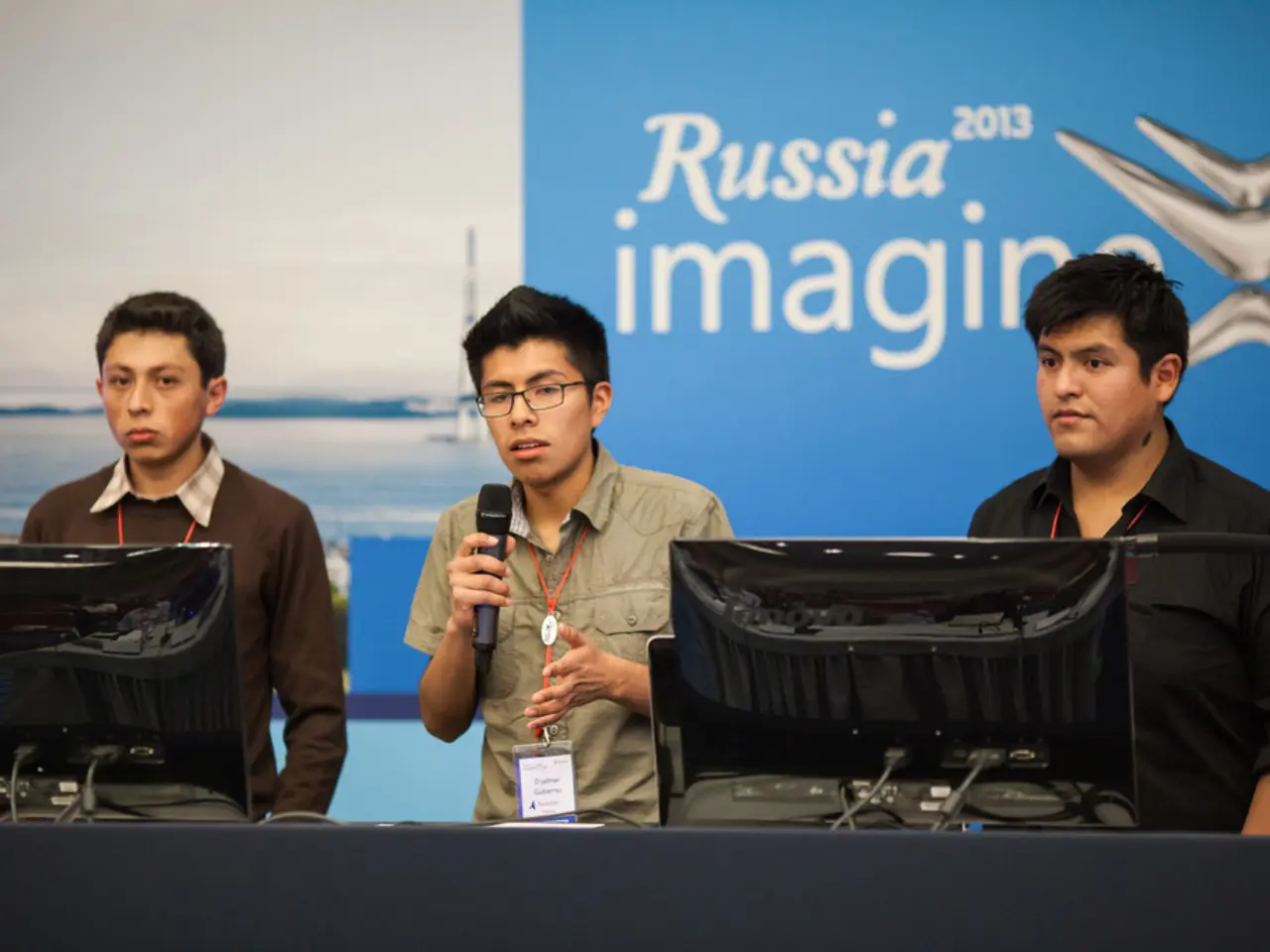Artificial Intelligence Depends on Unseen Labor Force of Humans Performing Tiny Tasks
In the rapidly evolving world of artificial intelligence (AI), a crucial yet often overlooked segment of the workforce is the click worker. These individuals, who hail from countries where labour is relatively cheap such as Kenya, Madagascar, Malaysia, and the Philippines, play a significant role in the development and training of AI models through data annotation, tagging, and micro-tasking.
Their tasks are fundamental to creating high-quality datasets for machine learning models, which underpins advancements in natural language processing, computer vision, and other AI fields. However, the current state of clickworker employment is not explicitly detailed in recent employment summaries, due to its often freelance or contract-based nature.
As AI itself is increasingly automating roles across many sectors, the future of clickworker employment is complex. Goldman Sachs estimates AI might replace up to 300 million jobs globally, threatening certain job categories, including those related to clickwork. This suggests a paradoxical relationship between clickworkers and AI: while clickworkers help build AI, AI threatens certain job categories, creating economic dynamics that are both challenging and intriguing.
By 2030, 14% of workers globally are expected to change careers due to AI impacts. Meanwhile, surveys show a high willingness among workers to switch jobs or industries, often driven by low pay and job security concerns. This reflects a labour market in flux, influenced by AI-driven shifts.
The gig and clickworker economies may grow as flexible, remote work options for AI-related tasks expand, but also face challenges from AI automation reducing some micro-task demand or replacing lower-skill annotation with semi-automated tools.
The study, EnCOre, found a high proportion of young graduates and immigrants among microworkers, with many engaging in this activity due to a lack of alternatives. These workers often intervene after initial automated processing to correct, refine, and structure raw data. However, their working conditions are often challenging, with long hours, low wages, and strict productivity control.
Tools for evaluating clients and platforms like Turkopticon and FairCrowdWork aim to bring more transparency and control to click workers. Sociologist Antonio Casilli notes that the mass of data workers is now 58% male in Europe. Click workers are often paid a few cents or euros for micro-tasks lasting between 10 seconds and 15 minutes.
The European directives on corporate duty of vigilance could oblige large tech companies to ensure respect for labor rights throughout their production chain, including among their foreign subcontractors. There were 213 million "click workers" worldwide in 2019, performing essential micro-tasks for AI functioning. In France, the number of "click workers" is estimated to be around 220,000.
The AI Act, while ambitious, does not take into account the role of click workers in its regulation. Any attempt at unionization among click workers is often suppressed. The European directive on platform work aims to reclassify independent workers as employees, providing them with better social protection.
The lack of psychological support for content moderators, who sort violent content, can lead to disastrous psychological consequences. The study did not specifically target migrant populations, but sociologists encountered them in their research. The study highlights the need for legal recognition and measures to improve the working conditions of click workers. Companies that outsource or delegate these tasks have a direct responsibility for the mental health of their employees or contractors.
In conclusion, clickworker employment is both a driver and a vulnerable part of the AI ecosystem, reflecting broader trends of technological disruption reshaping jobs globally. As the AI revolution continues to unfold, it is crucial to address the challenges faced by click workers and ensure they receive fair wages, good working conditions, and the psychological support they need to thrive in this evolving digital landscape.
- The tasks performed by click workers, such as data annotation and micro-tasking, are vital for the development of artificial intelligence (AI) in fields like natural language processing and computer vision, demonstrating the interconnectedness of technology and artificial intelligence.
- Despite being key contributors to AI advancements, the freelance or contract-based nature of clickworker employment often goes unaddressed in recent employment summaries, which might lead to a potential paradox where AI, powered by these workers, eventually replaces certain job categories, including clickwork.




